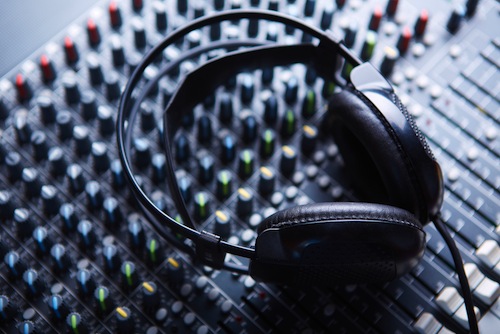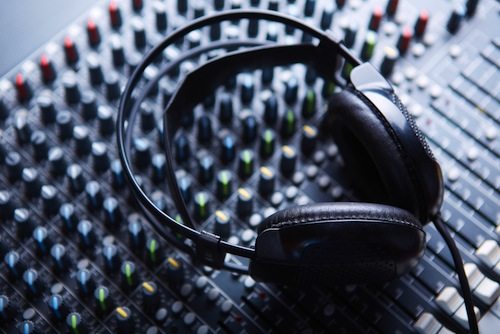 A different perspective on playing by ear this week: music production.
A different perspective on playing by ear this week: music production.
We welcome guest expert Mark Spacey of music production site dancemidisamples.com!
When you produce music for a living, you always have to keep the grand design in mind. The big picture is made up of lots of little pieces, and every single little piece has to be perfect in order for the masterpiece to be flawless. This means that everything has to come together, perfectly, every time. Your ears are your best guide to the world of music. Your ears need the best education that you can get them.
The sum of its parts
Modern music is made up of bits and pieces. Sampling is everywhere, and that does not mean only the samples you hear on old hip-hop albums. Each and every one of the individual tones that a synthesizer makes comes from a recording or reconstruction of some sound. High-quality synth pianos will have different samples for every single key you press, because that is the only way to capture the difference between a C and a C# when played on a concert grand piano. A song is a big and complicated machine, and even one note out of place can send the whole thing clattering to the ground.
Many producers can spend hours tweaking a sample just the tiniest bit back and forth, trying to find the perfect sound on each of their tracks. People do not realize what goes into good music production.

Ear training is essential for music production
Tune your ear for tuneful music
It is more than trying to find the “perfect beat”, though that is definitely important. Finding the perfect beat is a lifetime quest, and there are many people out there searching. Ever since I trained my ear to hear pitches and discern them, I have had a much easier time finding just the groove to lay down. Bass sounds are difficult to perceive accurately, and it takes experience to tell them apart. People learning today are lucky, because you have access to online tutorials and programs that will help you learn to play by ear with ease. When I came up in the music world, I had to do it the hard way. I had to spend hours in class, learning the difference between two tuning forks. It was a hard time at University, and I have to say that my grades were not always the best. When I got to the end, though, I could tune a piano.
Ever since I trained my ear to hear pitches and discern them, I have had a much easier time finding just the groove to lay down.
Maybe you do not think that you need that level of pitch discernment in your life. Maybe you think you can’t do it. Well, you can!
When you know how to do it, you find a lot of uses for it. Music is a tough racket, and every edge you can carry helps you along. If you can hear a pitch, then you can match it. Moreover, you can remember it. When you are in the studio and you are searching for just the proper hook, it will help to know where to lay your hands on it. This is a skill that you will benefit from and any musician you are producing for will have your expert auditory skills to ensure they are getting the very best production on their tracks.
Aim high
When it comes to jamming and playing your own musical instruments, learning to play by ear is like learning to fly. Suddenly there is nothing you cannot do. You are always in key, and you are always able to match what is going on. When you are producing someone else’s music and you are searching for just that perfect phrase, learning to recognize tones and pitch will teach you how to grab it.
Playing by ear is a mechanical skill, believe it or not. It is something that you can learn to do. Practically anyone can learn to recognize notes from the air and play them by ear. It only takes instruction and practice. When you have it, then your musical and production skills have taken the biggest step forward since you learned to read music.
After producing many music sample packs, Mark now shares his years of experience with others through guides and tutorials while offering free midi samples for the next generation of producers.







